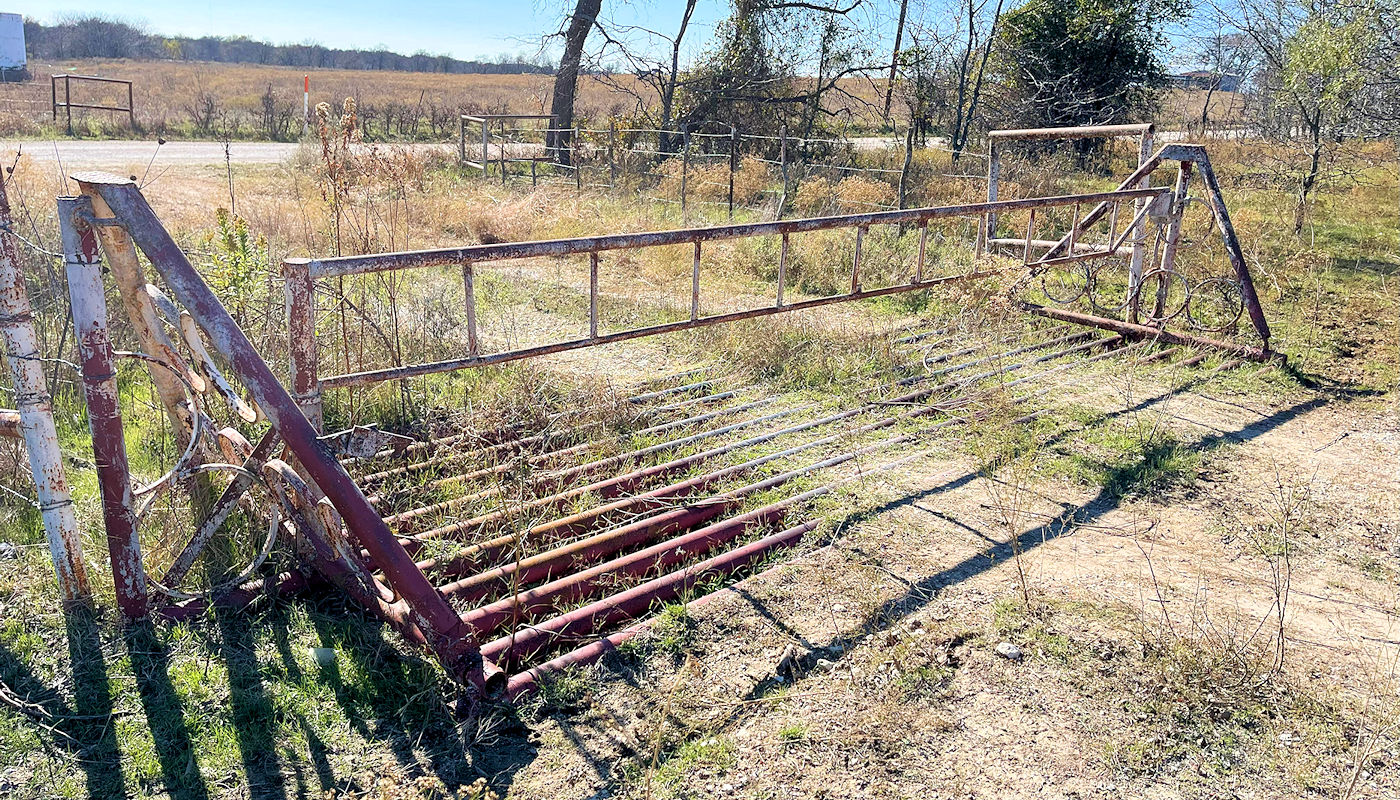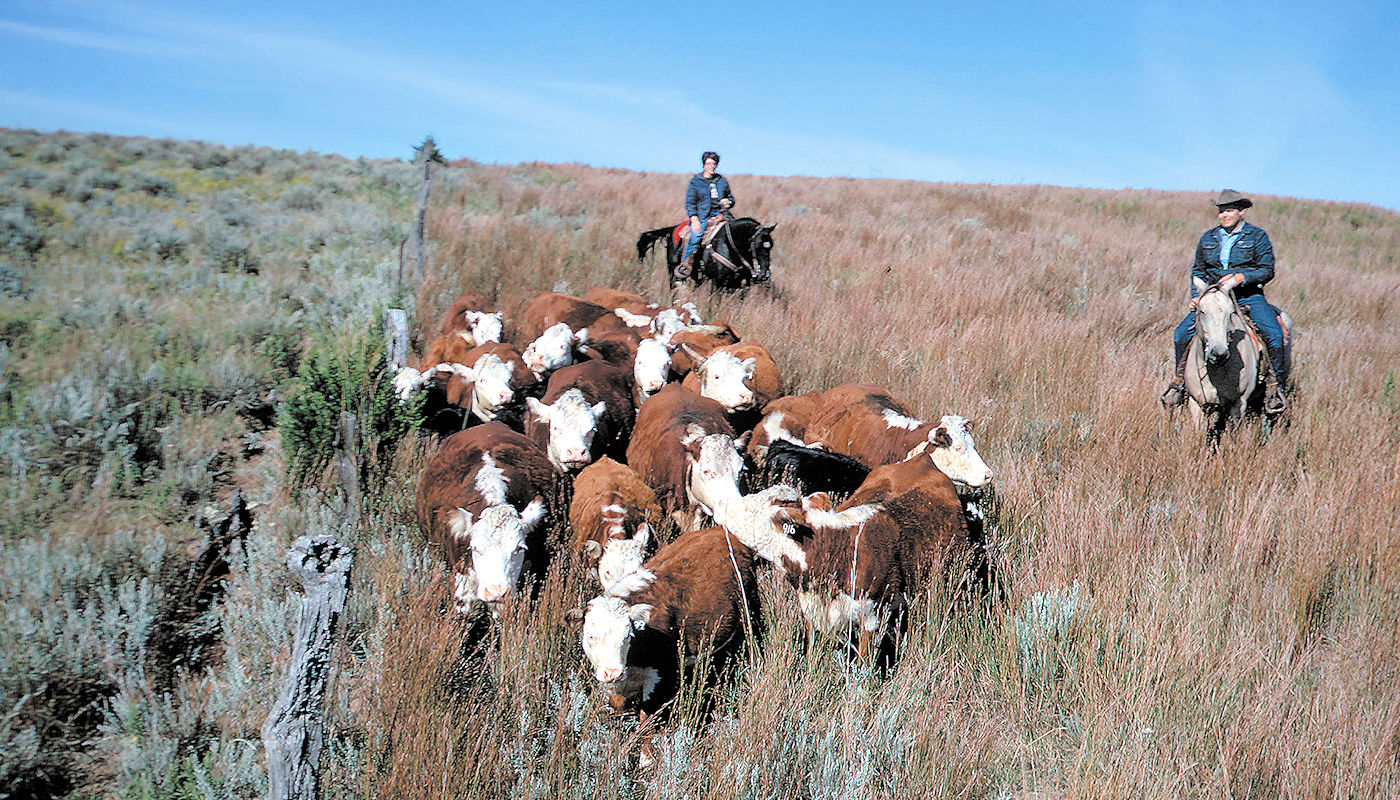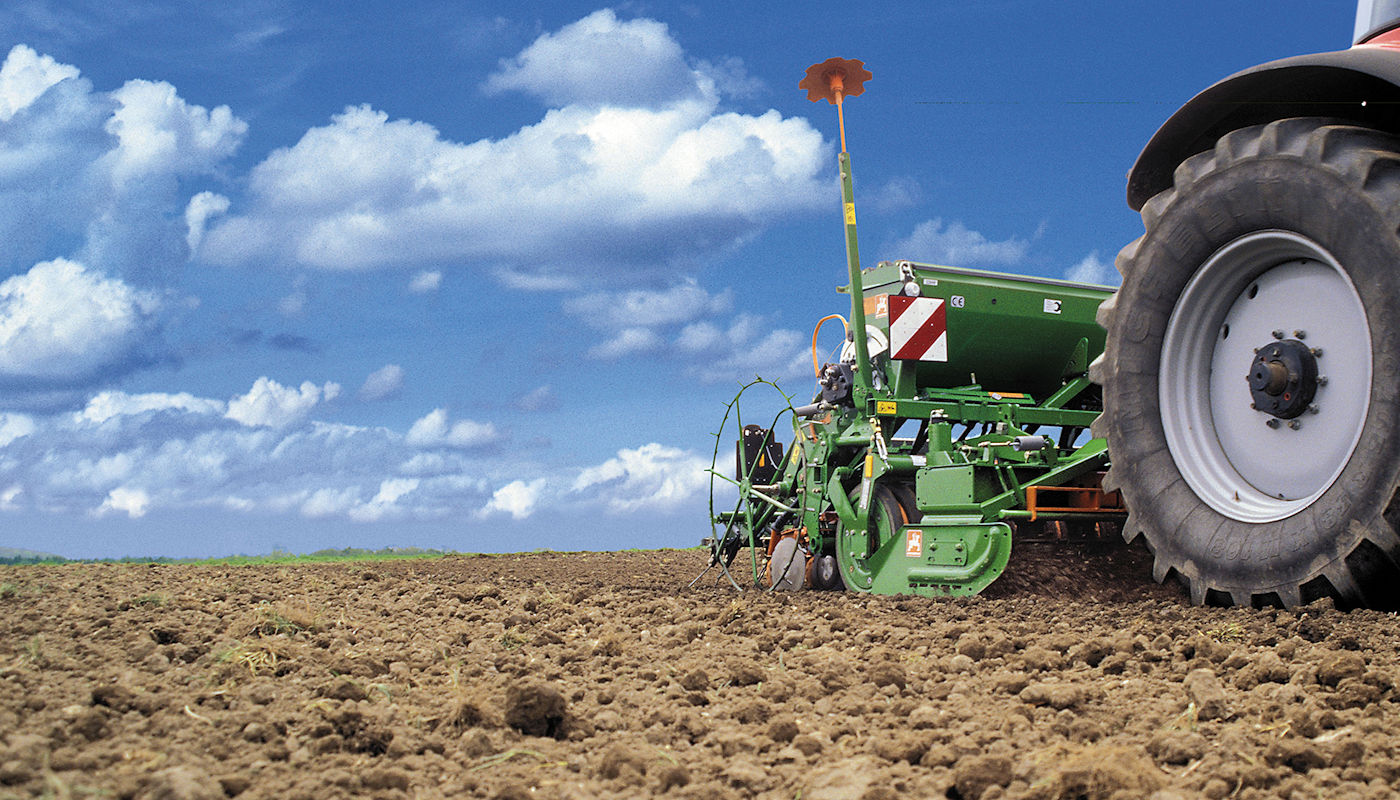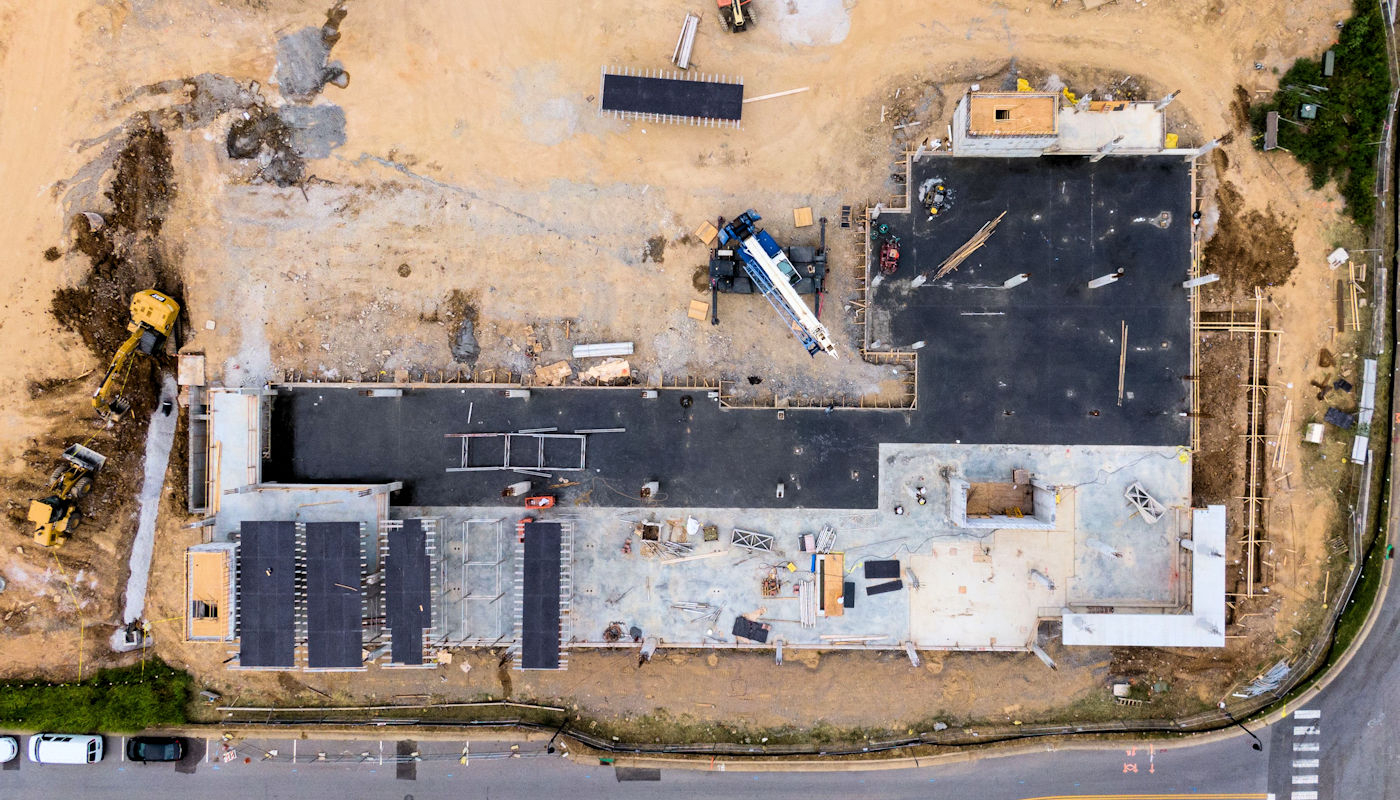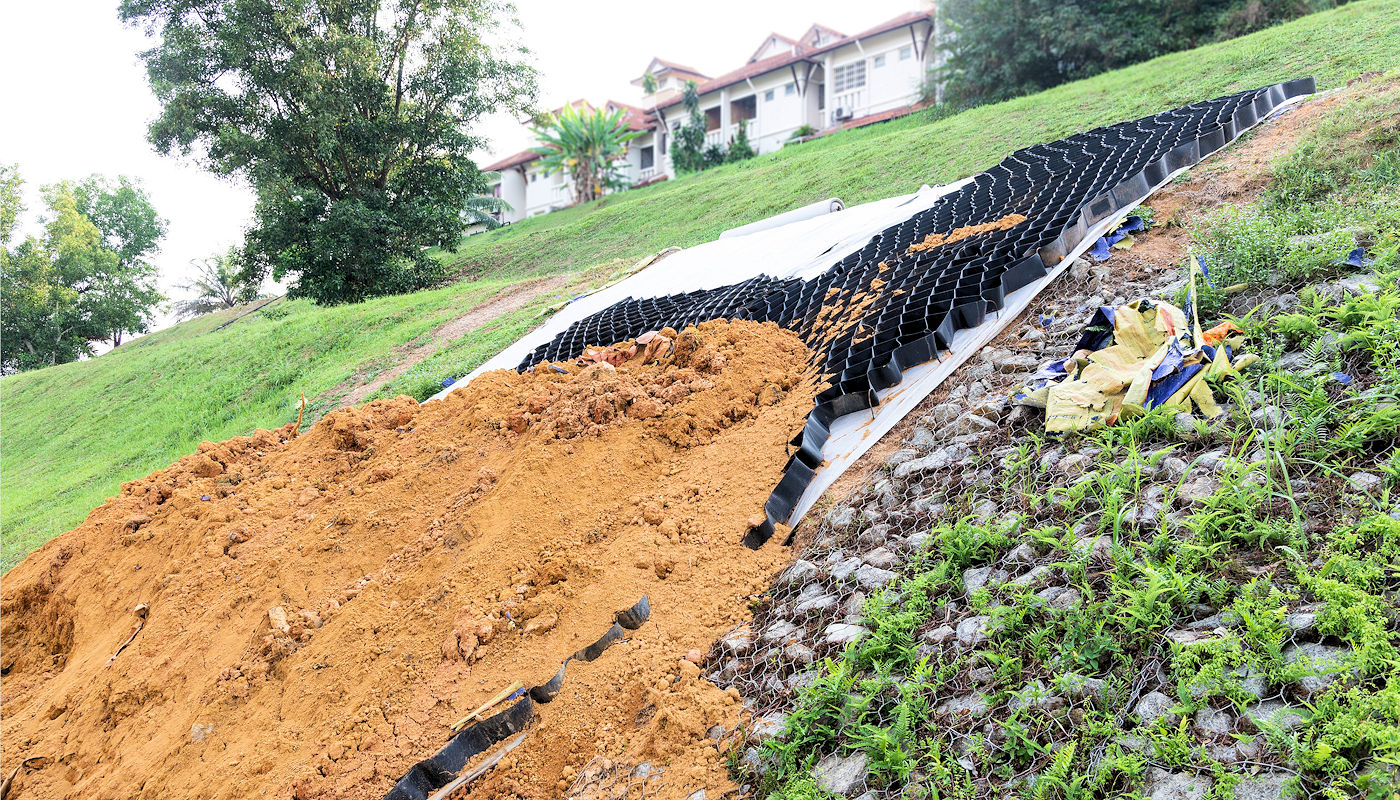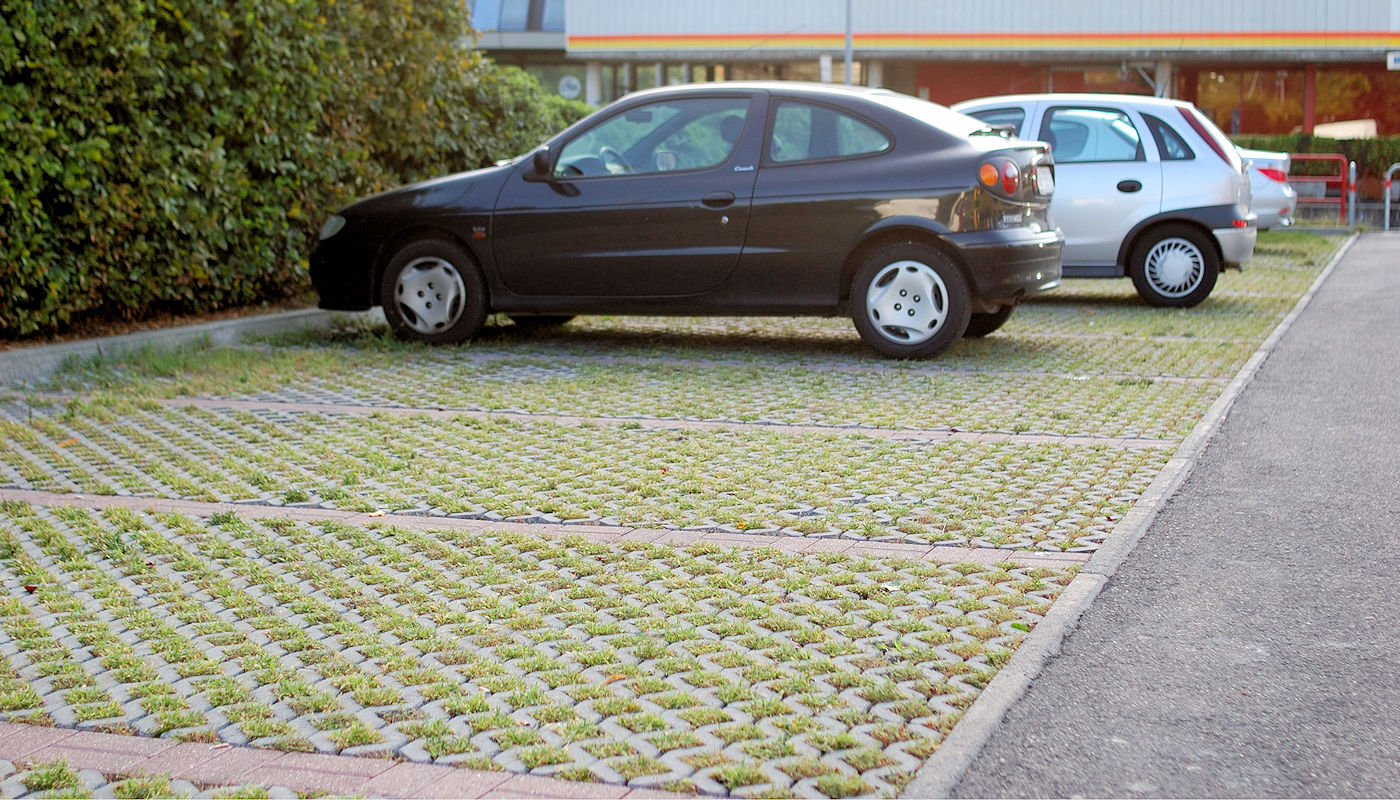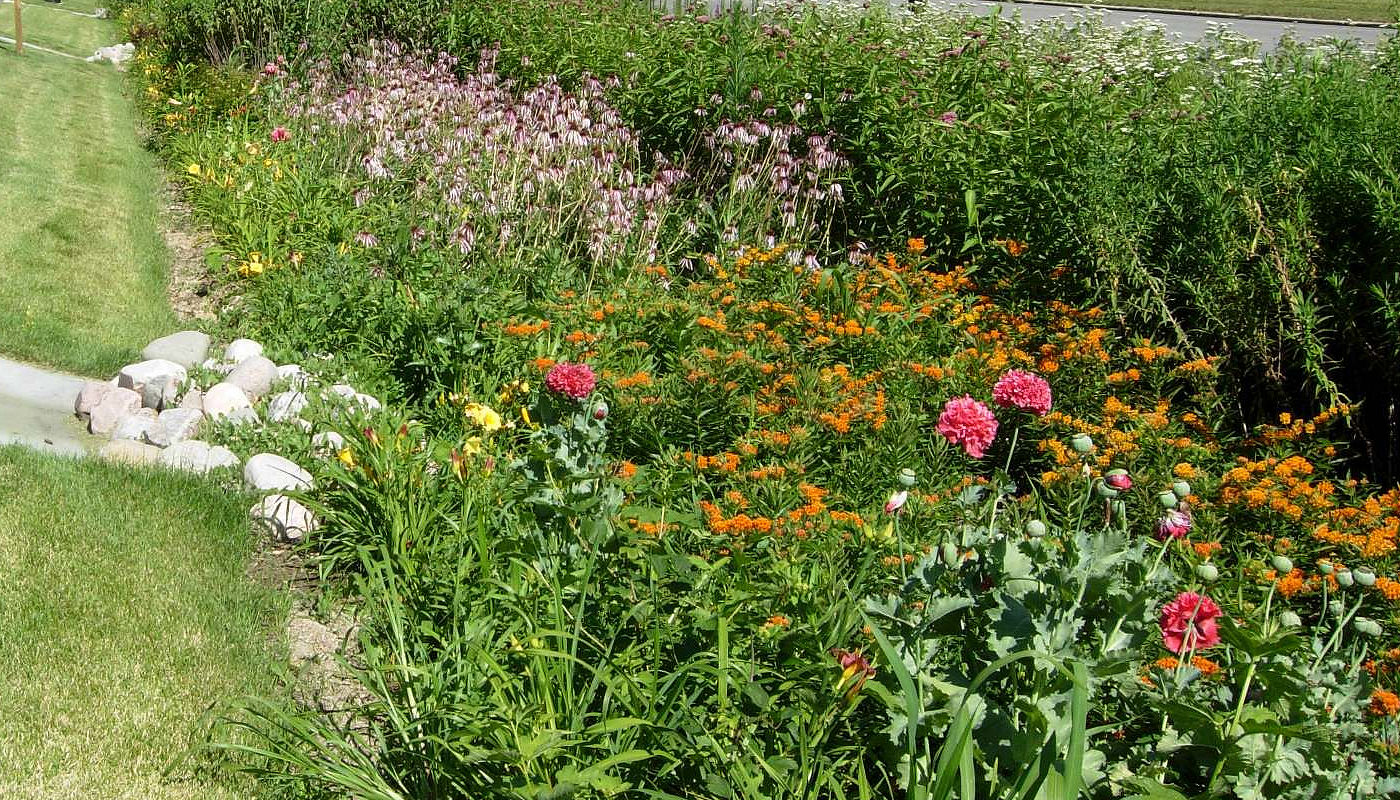

Bioswale Stormwater Management
Bioswale Naturescaping: Rainscaping Plus from TEC
Bioswale Stormwater Management
Bioswale Naturescaping: Rainscaping Plus from TEC
Bioswales are shallow vegetated channels that slowly convey and absorb rainwater runoff. They can be used to direct surface runoff to rain gardens or other areas of the landscape where water can be absorbed. Bioswales can be woven into the garden and vegetated with a variety of trees, shrubs and perennial plants. The longitudinal slope of a bioswale typically ranges from one to six percent. Decorative rocks, check dams and vegetation can be used to control and slow the velocity of water moving through the channel.
Similar to rain gardens, bioswales typically have three wetness zones. In the lowest zone, plant species should be selected that can tolerate short periods of standing water as well as fluctuating water levels and dry conditions. In the middle zone, vegetation will need to tolerate both wet and dry conditions. And in the upper zone, along the outer edges of the bioswale, plants should be suited to drier conditions.
There are four different swale categories: standard, dry, wet, and bioswales. These classifications consolidate multiple terms used to identify swales, showing a lack of standard swale terminology. For example, swales are referred to as: grass swale, planted swale, vegetated roadside swale, grassy median, bioswale, biofiltration swale, bioretention swale, infiltration-swale trench, and stone-lined swale.
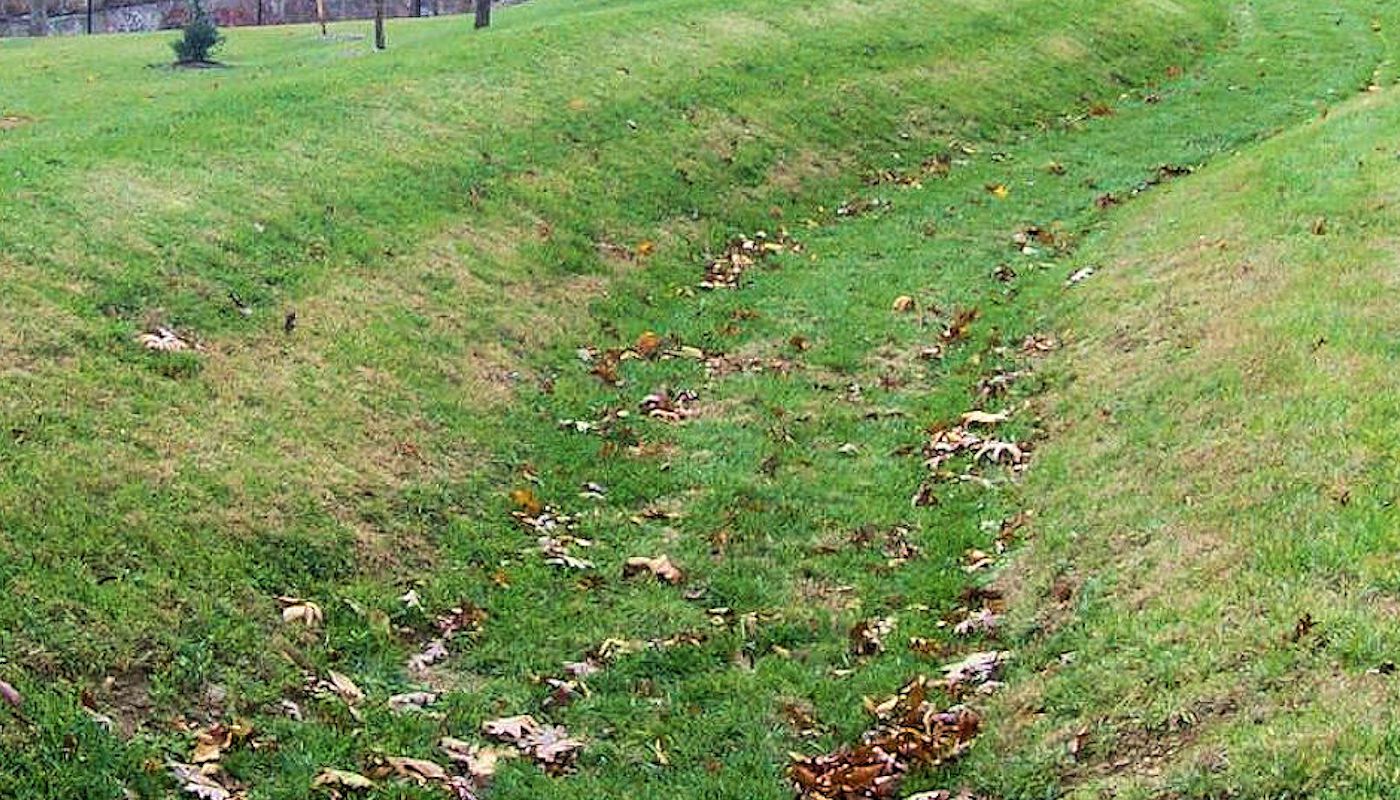
Grass Swale
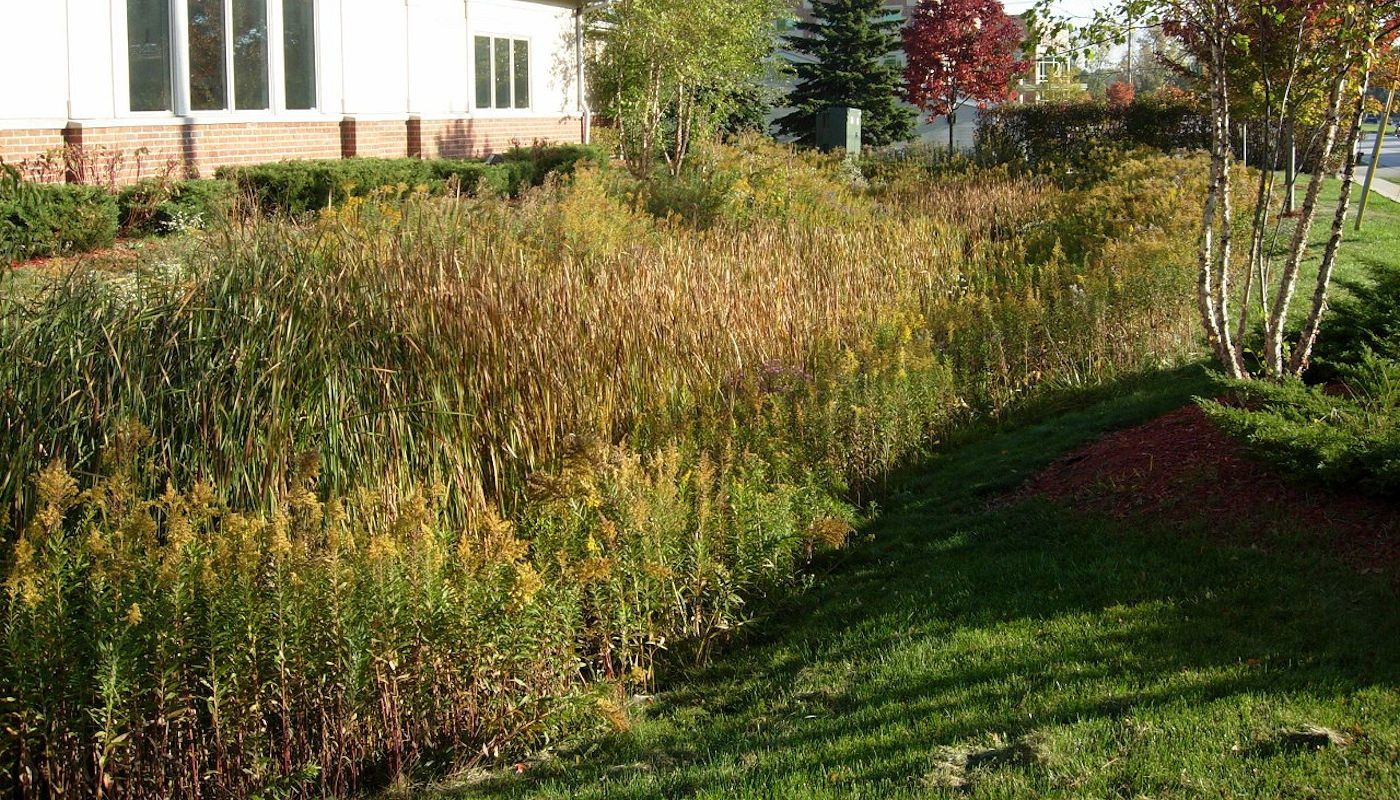
Bioswale
What is the difference between
a swale and a bioswale?
A swale is a shallow, grassy channel that conveys stormwater runoff and provides some water quality treatment by sedimentation [1]. A bioswale is a type of swale that has an engineered soil mix or media that enhances infiltration and filtration of stormwater through the soil matrix [4]. Bioswales also have plants that can uptake pollutants and improve the aesthetic value of the landscape [3].
The main difference between a swale and a bioswale is that a swale relies on the natural soil conditions and vegetation to treat stormwater, while a bioswale modifies the soil and plants to increase the treatment efficiency and capacity. A bioswale can also have an underdrain system to drain the excess water that is not infiltrated or evaporated [2]. A swale is more suitable for areas with well-drained soils and low pollutant loads, while a bioswale is more effective for areas with poorly drained soils and high pollutant loads.

Grass Swale

Bioswale
Bioswales play several roles in stormwater storage and control:
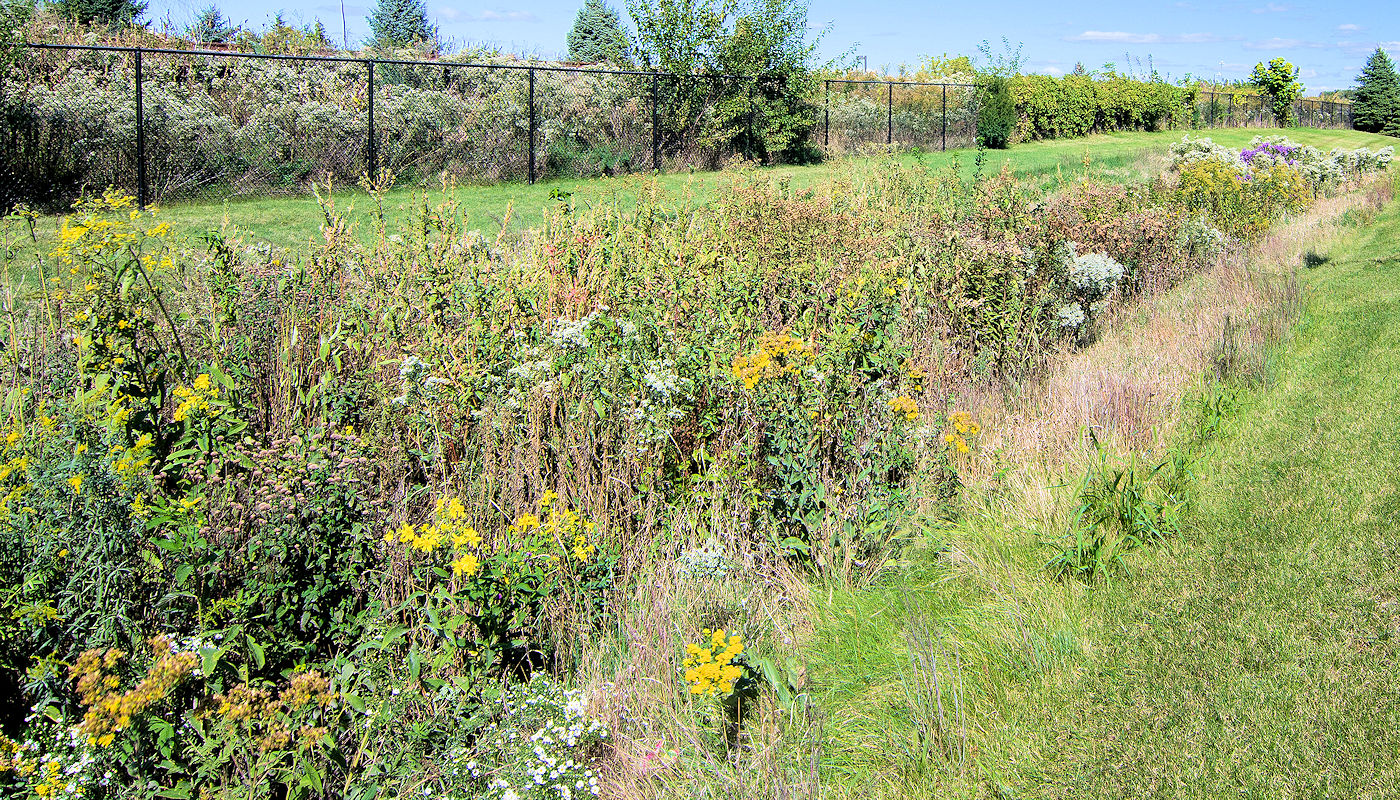
Some examples of drainage control features that direct stormwater into bioswales are:
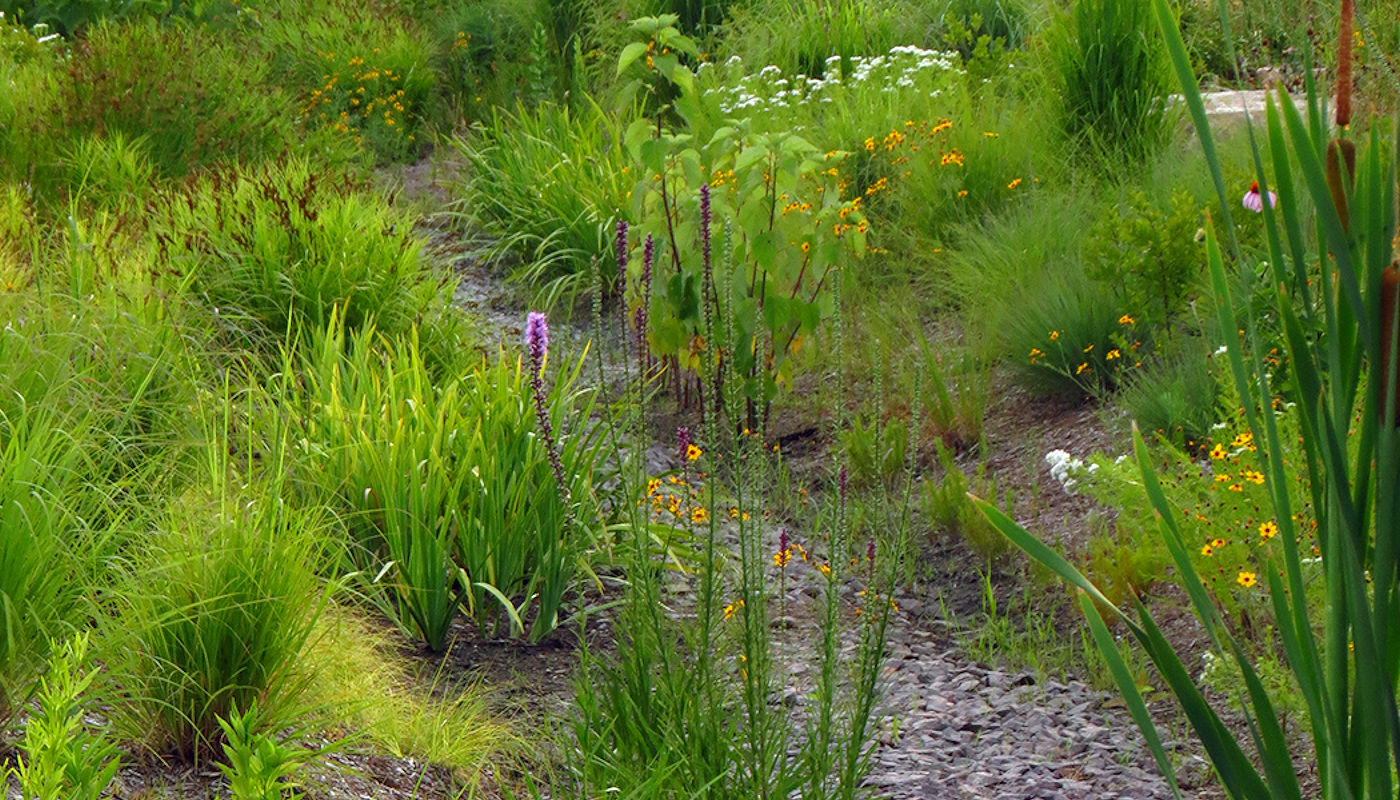
Some examples of drainage control features that bioswales direct stormwater into are:
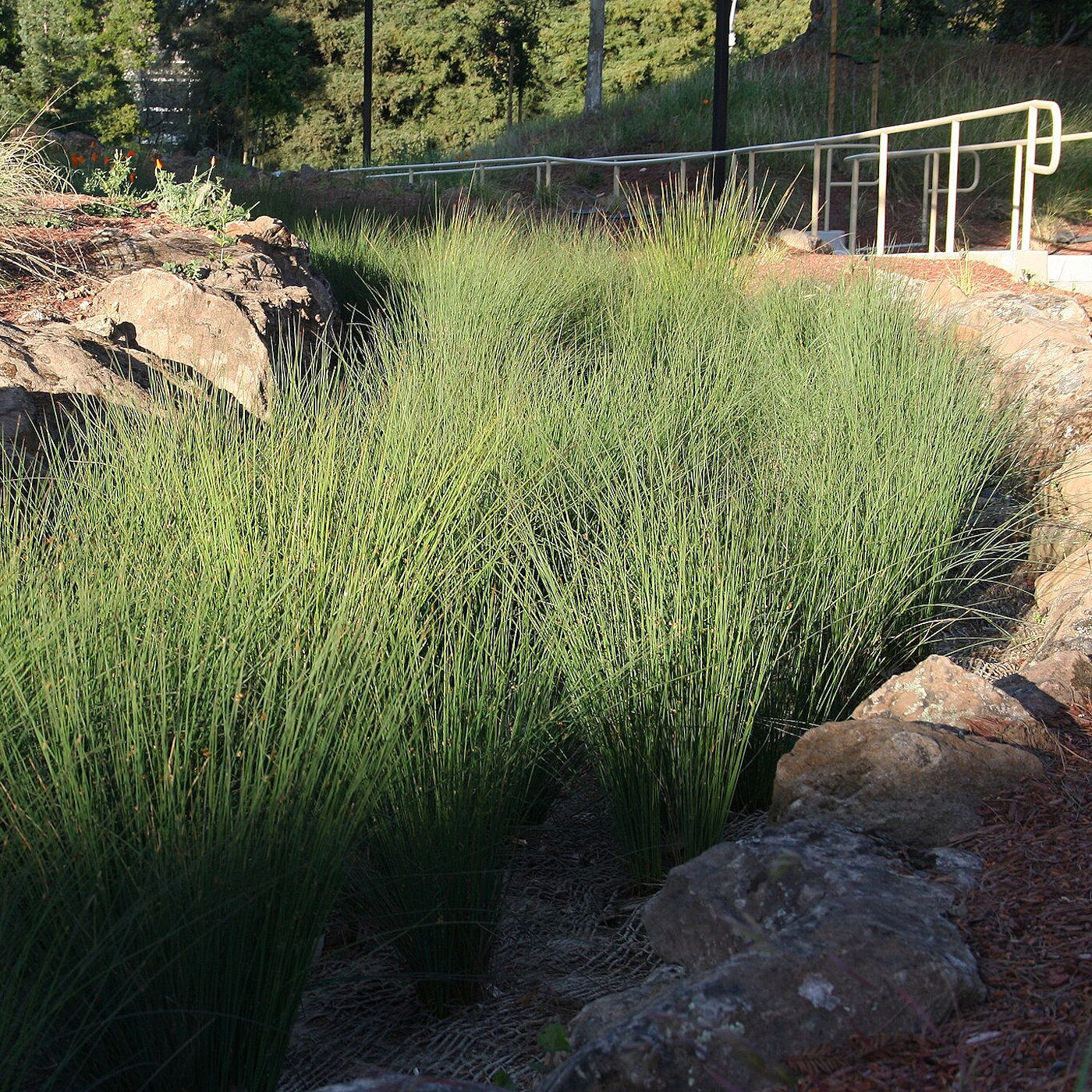
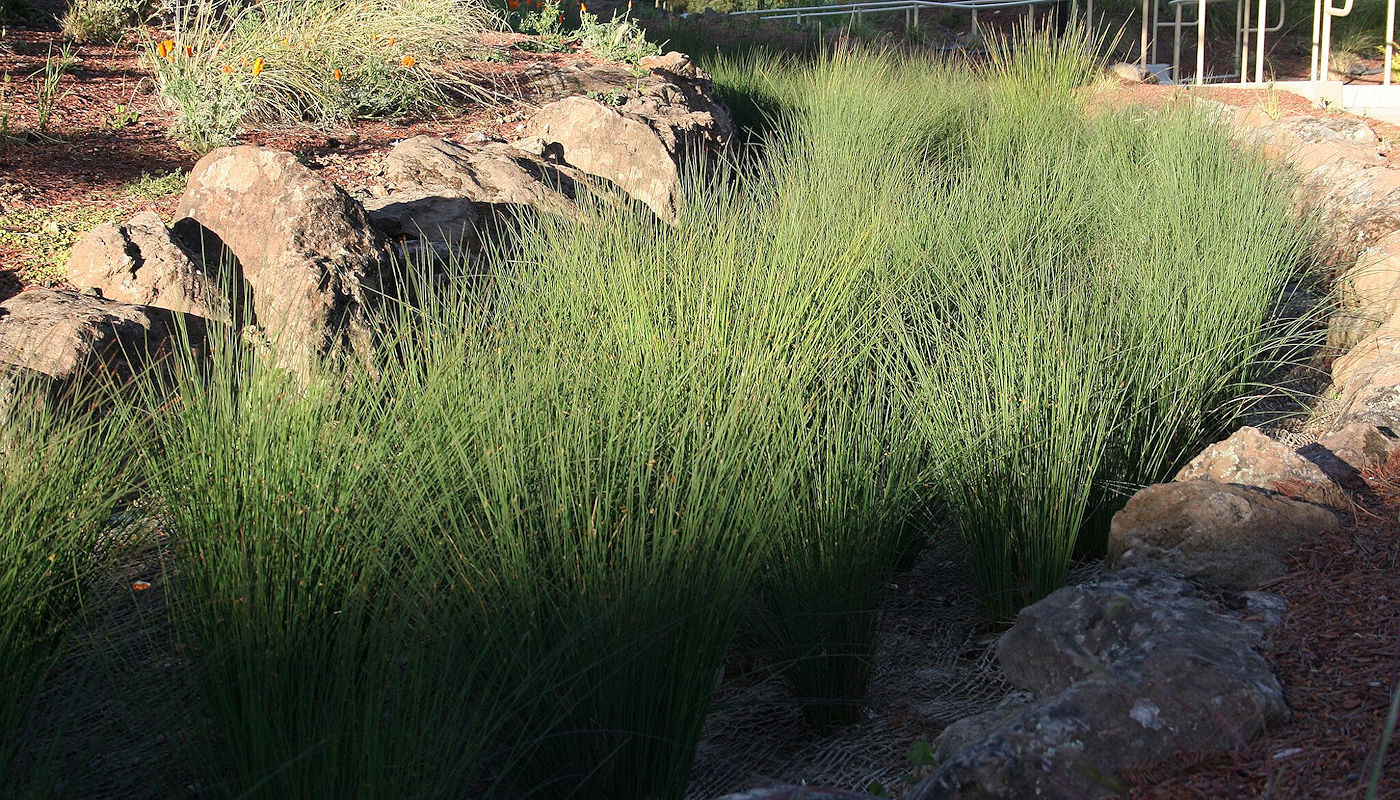
What are some of the steps involved in planning, building, and maintaining a bioswale:
The dimensions of a bioswale depend on several factors, such as:

Benefits of a bioswale for property owners may include:



Benefits of a bioswale for wildlife habitat may include:
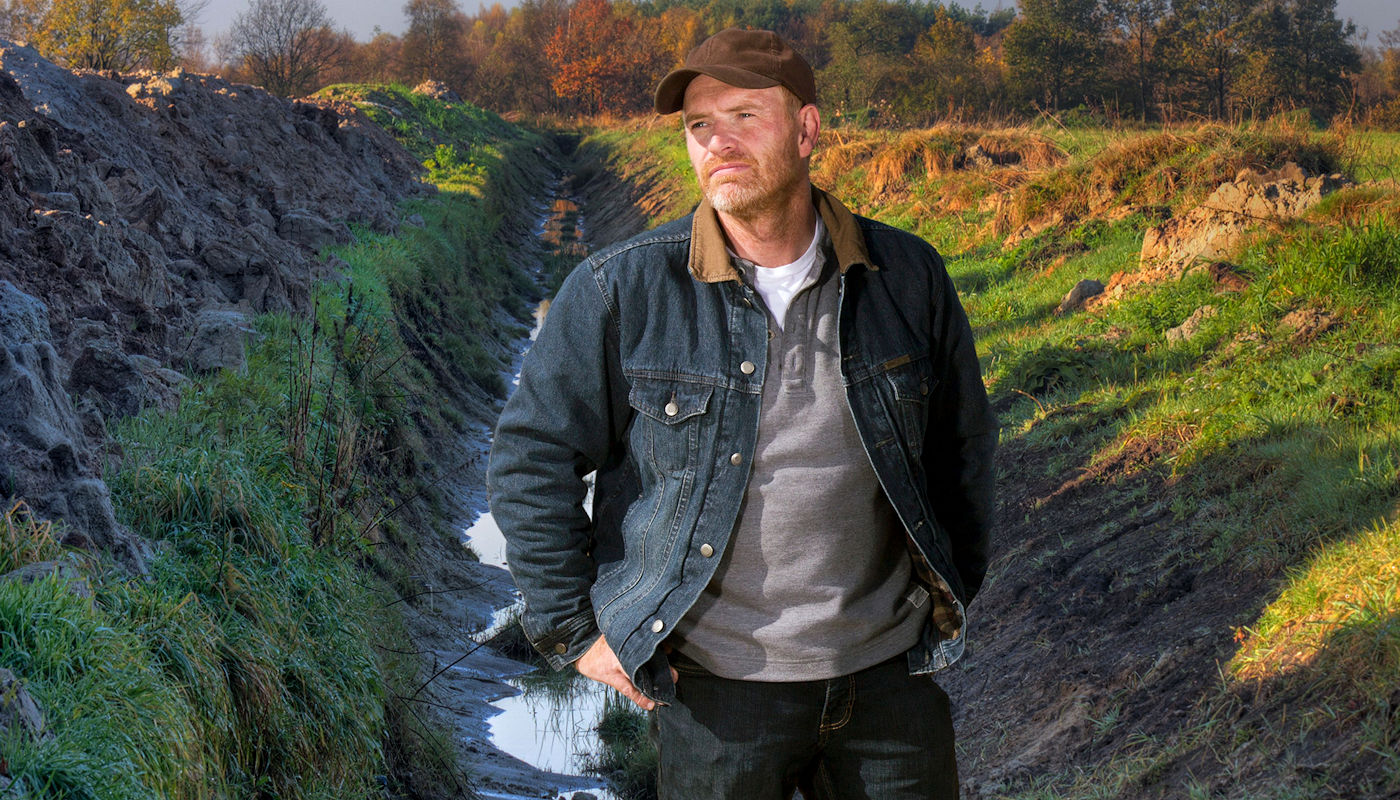
What are some common mistakes in building a biosale?
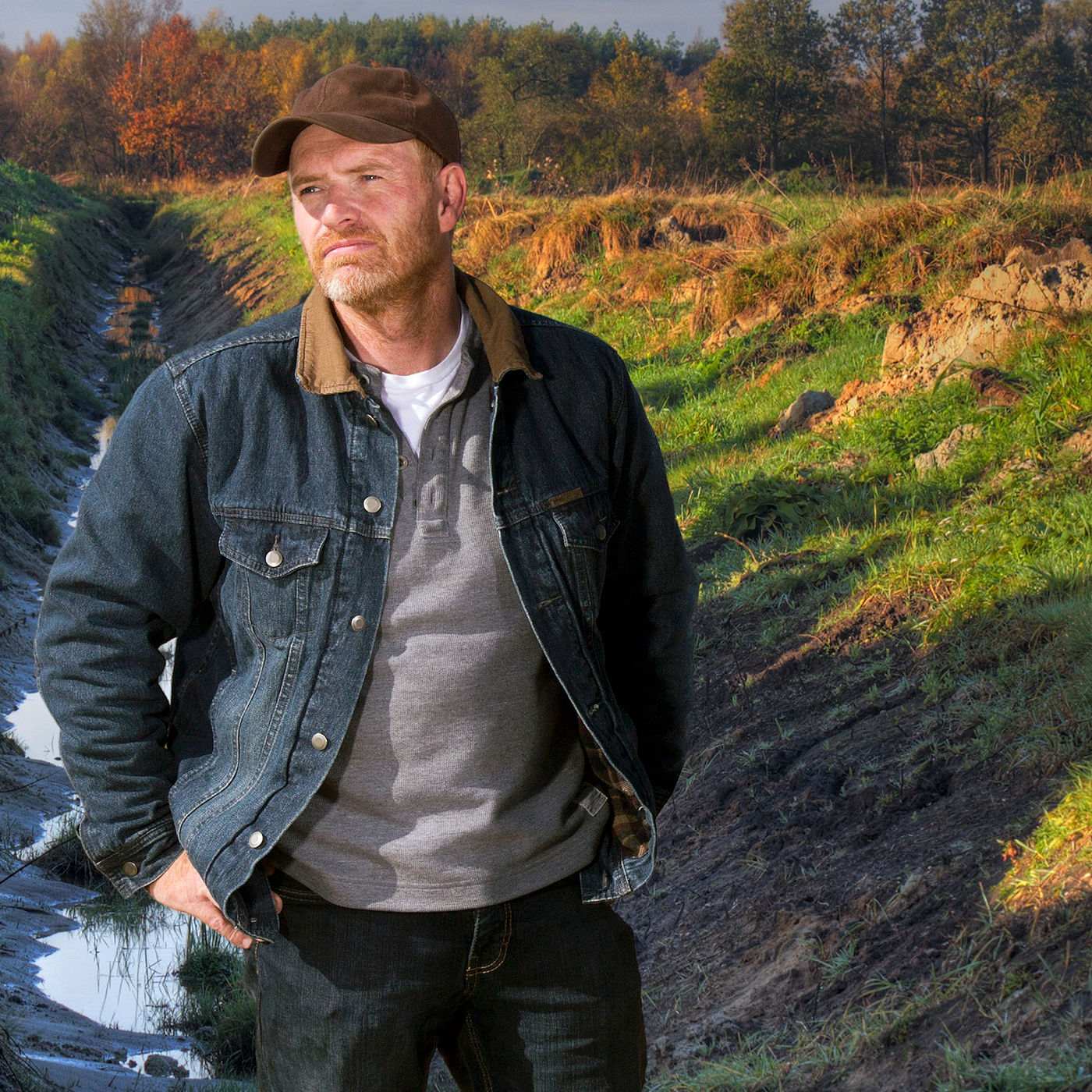
Resources
Past Excavation Projects
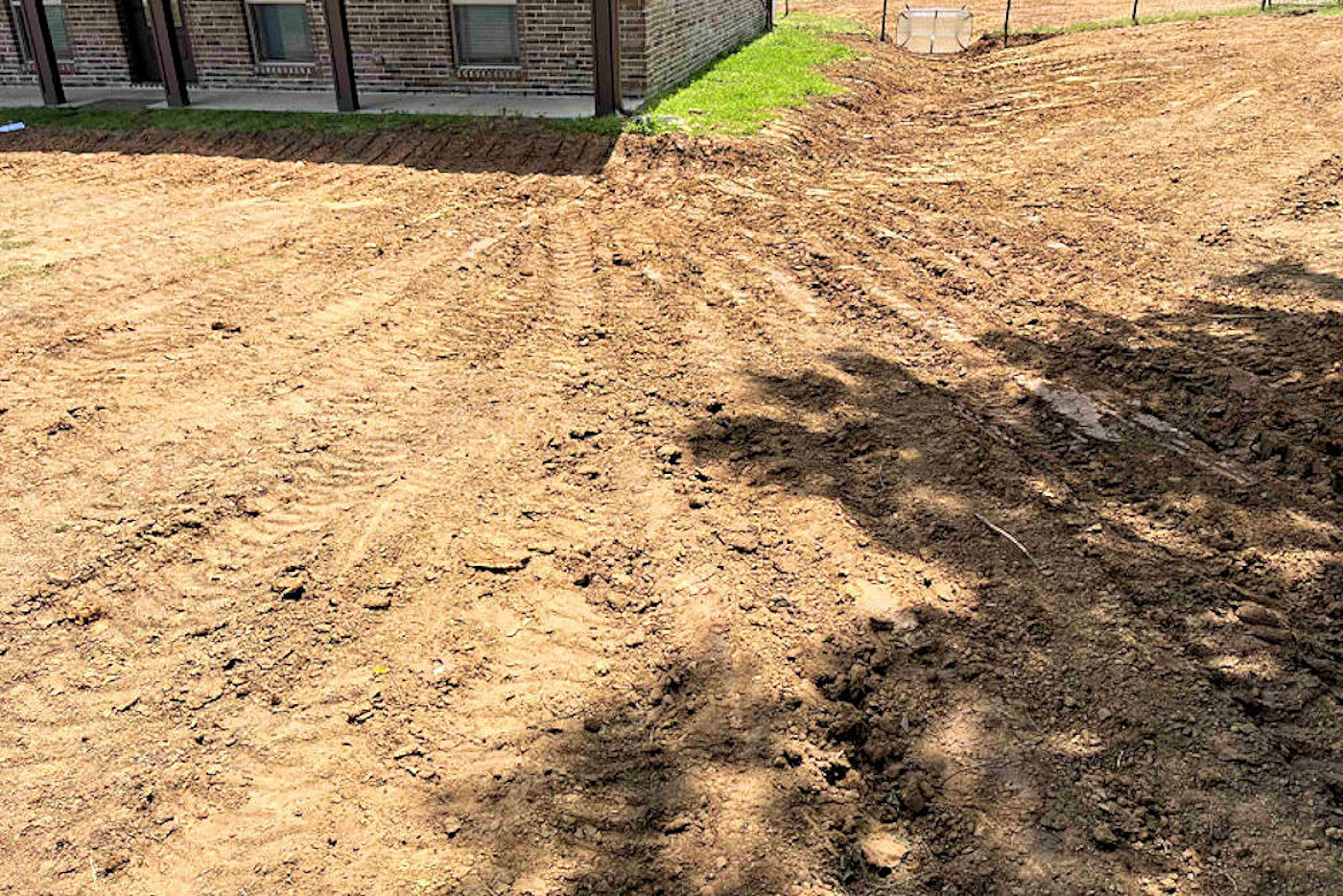
The above image shows Texoma Excavation & Construction digging a new power supply ditch and tying into the existing live power supply near Melissa, Texas. The paver stones were salvaged to be replaced. All the PVC, electrical conduit, phone lines, and small electrical lines that were destroyed were anticipated.

Pond building is a complex process that requires careful planning and execution. After all the planning, the first construction step is excavation of the area where the pond will be located. The pond excavation work shown above was near Montague, Texas. When this pond is full, it will be 7′ 2″ deep at its deepest point.
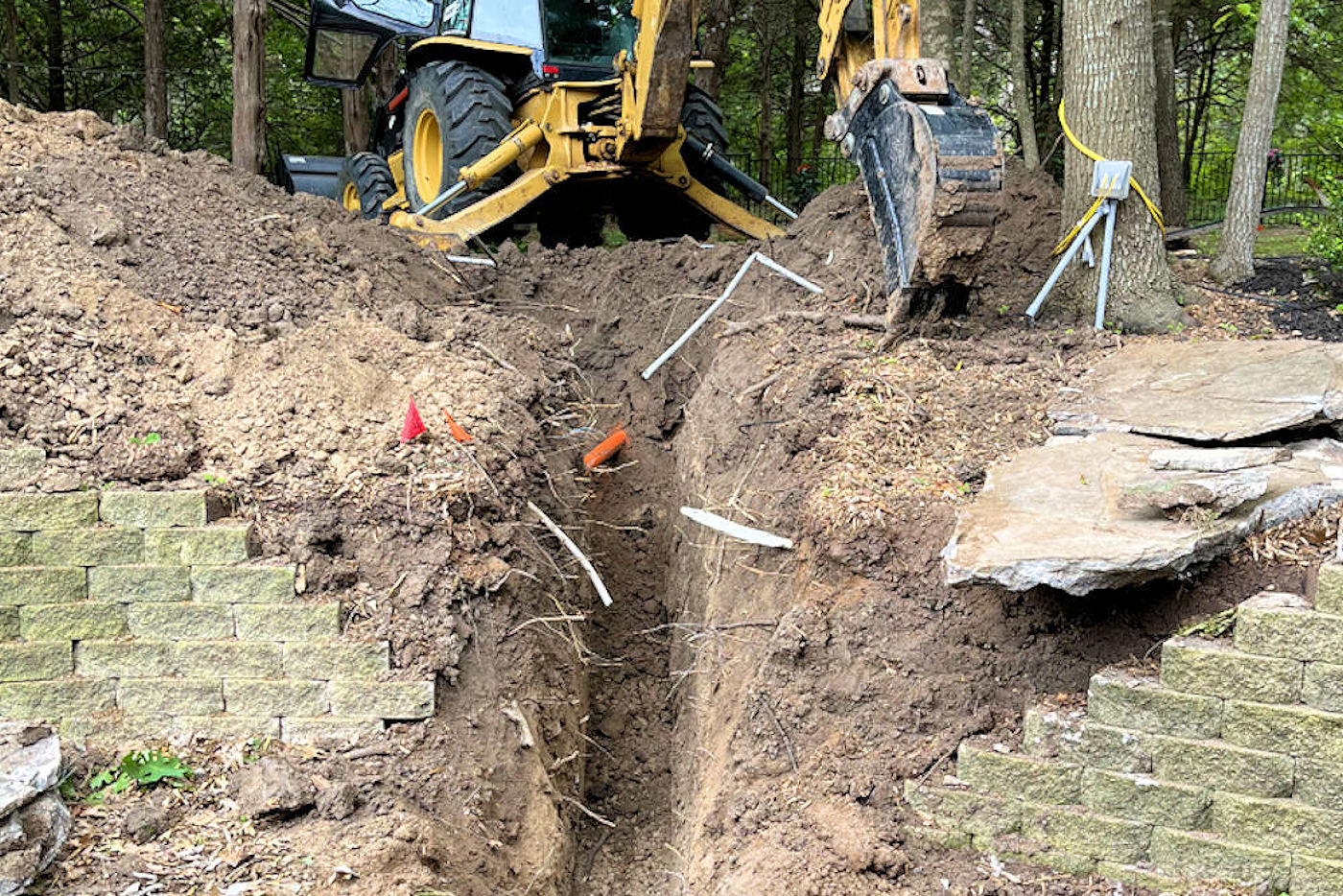
Residential drainage excavation work done near Denison, Texas. This client had some significant drainage problems during periods of high-volume runoff and tried to excavate a ditch to channel water away from his house. We were hired to polish the existing ditch and spread some grass seed.


